SARM Showdown: Stenabolic vs Cardarine
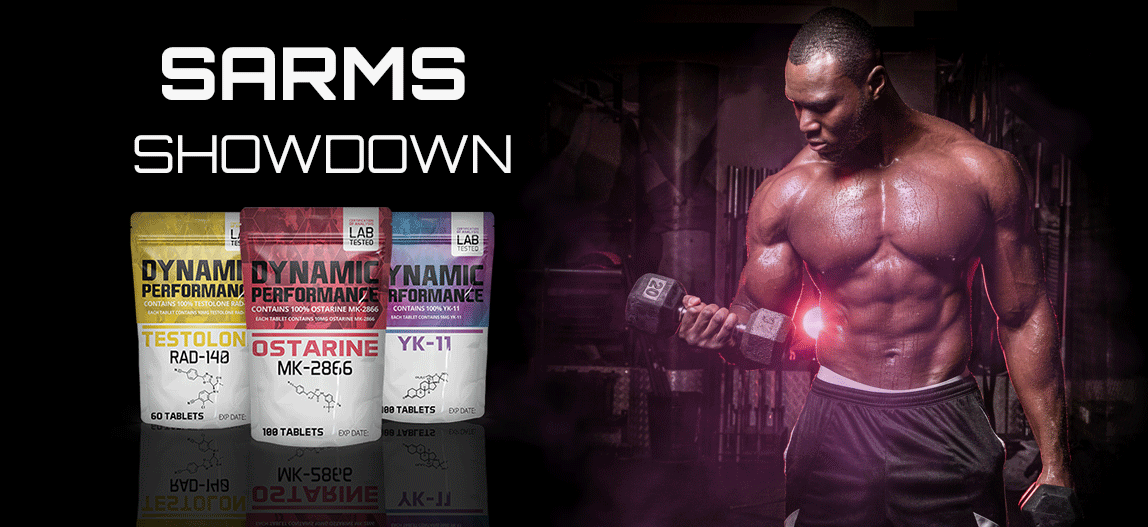
In the world of fitness enhancement, two notable non-SARM compounds have garnered significant attention for their impact on endurance and fat loss: Stenabolic (SR9009) and Cardarine (GW-501516). While they share common ground in terms of fat-burning and performance enhancement, they operate through very different mechanisms. Let’s dive into the distinct attributes of Stenabolic and Cardarine to better understand their use-cases and how they stack up against each other.
Stenabolic (SR9009): The Metabolic Enhancer
Primarily Known For: Circadian Rhythm Modulation & Metabolic Boost
Stenabolic is unique in that it functions by binding to and activating REV-ERB proteins, which play a key role in regulating circadian rhythm and metabolic processes. This gives SR9009 its reputation as a potent metabolic booster and fat-burning agent.
Key Use-Cases:
- Increased Fat Loss: Stenabolic increases the body’s basal metabolic rate, meaning your body burns more calories even while at rest. This makes it a strong option for those looking to accelerate fat loss.
- Endurance and Stamina: SR9009 has also shown promising effects in enhancing endurance and stamina. It increases mitochondria (the energy producers of cells) in muscles, which translates to improved aerobic capacity and stamina during physical activities.
- Circadian Rhythm Support: Another unique aspect of Stenabolic is its impact on circadian rhythm. By modulating your body’s internal clock, it helps regulate sleep and energy cycles, which can contribute to better overall energy levels and workout performance.
Cardarine (GW-501516): The Stamina and Fat-Burning Specialist
Primarily Known For: Endurance Enhancement & Fat Oxidation
Cardarine, while often lumped in with SARMs, is actually a PPARδ agonist. It works by influencing metabolic pathways that enhance endurance and increase the body's ability to burn fat, making it a popular choice for athletes and those in cutting phases.
Key Use-Cases:
- Endurance Boost: Cardarine is highly regarded for its ability to dramatically increase endurance. By influencing the way muscles use fat for energy, it allows users to push harder and longer during workouts, which is why it’s a favorite among endurance athletes.
- Fat Loss Without Muscle Loss: One of Cardarine’s standout qualities is its ability to promote fat oxidation, which helps the body utilize fat for fuel. This makes it an excellent compound for cutting phases where the goal is to lose fat without sacrificing muscle.
- Improved Lipid Profile: Cardarine has also shown potential in improving lipid profiles by reducing bad cholesterol (LDL) and increasing good cholesterol (HDL), which may provide cardiovascular benefits.
Stenabolic vs. Cardarine: How They Compare
- Mechanism of Action: Stenabolic works through the REV-ERB protein pathway, while Cardarine operates as a PPARδ agonist. This difference in mechanisms means that Stenabolic is more focused on boosting metabolism and enhancing mitochondrial function, while Cardarine directly influences how the body uses fat as energy and enhances endurance.
- Endurance Benefits: Both compounds enhance endurance, but Cardarine has the edge here, especially for those involved in endurance-heavy sports like running, cycling, or swimming. Its proven effects on boosting stamina make it a go-to for athletes needing longer-lasting energy.
- Fat Loss: When it comes to fat loss, both Stenabolic and Cardarine are effective, but they achieve this through different pathways. Stenabolic boosts overall metabolism, increasing calorie burn throughout the day, whereas Cardarine enhances fat oxidation, helping the body burn fat more efficiently during workouts.
- Energy and Recovery: Stenabolic’s unique ability to modulate circadian rhythm can also support better sleep and recovery, indirectly improving energy levels and workout performance. Cardarine, while not directly affecting circadian rhythm, still provides a significant energy boost through its endurance-enhancing effects.
- Stacking Potential: Both compounds are often stacked with SARMs or other performance enhancers to optimize results. Stenabolic pairs well with compounds for fat loss or muscle retention during cutting phases, while Cardarine is frequently combined with SARMs for its stamina-boosting and fat-burning synergy.
Which One is Right for You?
- For Endurance Athletes: If your primary focus is maximizing stamina and endurance, Cardarine is likely the better choice due to its direct and powerful effects on endurance capacity.
- For Metabolic Boost and Fat Loss: Stenabolic may be more suitable for those looking to increase their overall metabolic rate, burn fat throughout the day, and potentially benefit from improved sleep and recovery cycles.
- For Fat Loss Without Losing Muscle: Cardarine is a favorite during cutting phases where the goal is to burn fat while maintaining muscle mass, making it a solid option for bodybuilders and athletes alike.
Conclusion:
Both Stenabolic and Cardarine are powerful tools for endurance enhancement and fat loss, but their unique mechanisms of action give them different strengths. Stenabolic shines with its metabolic-boosting and circadian-rhythm-modulating properties, while Cardarine is the undisputed king of endurance enhancement and fat oxidation. Choosing between them ultimately depends on your specific goals—whether it's pushing through endurance barriers, accelerating fat loss, or optimizing metabolic health.
Disclaimer: This article is for informational purposes only. Stenabolic and Cardarine are experimental compounds and their use may involve legal and health risks. Always consult with a healthcare professional before considering these or any other performance-enhancing substances.







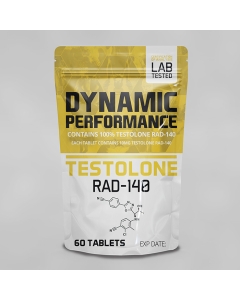



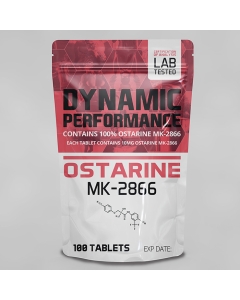


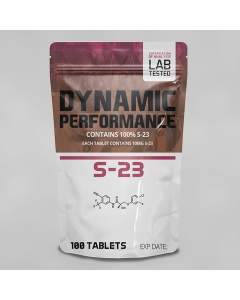

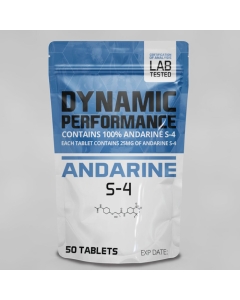




![SARM Showdown: Laxogenin vs Turkesterone [Plant Based Alternative Edition]](https://www.peakbody.co.uk/media/blog/cache/300x200/magefan_blog/SARMS-SHOWDOWN-banner9.png)
